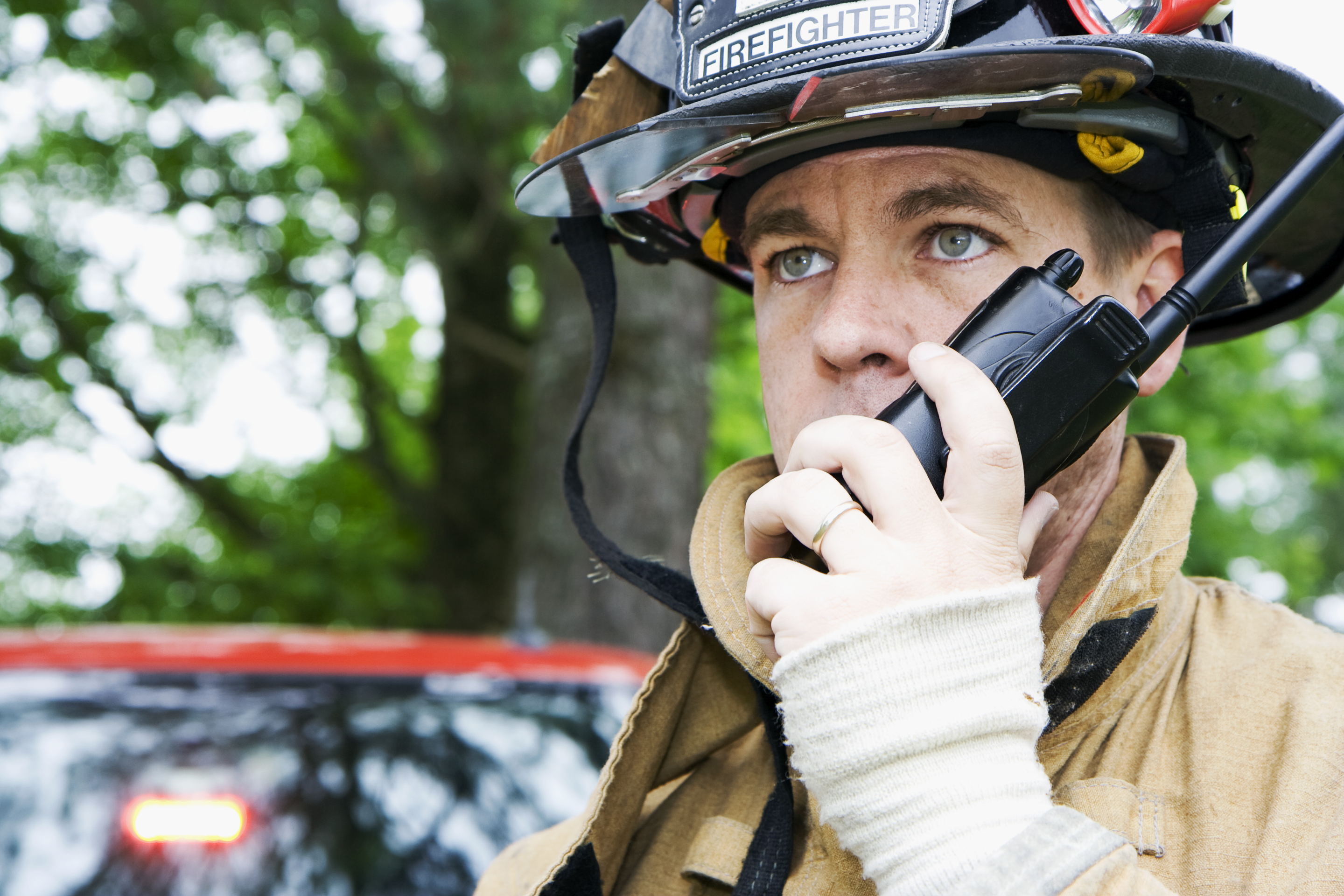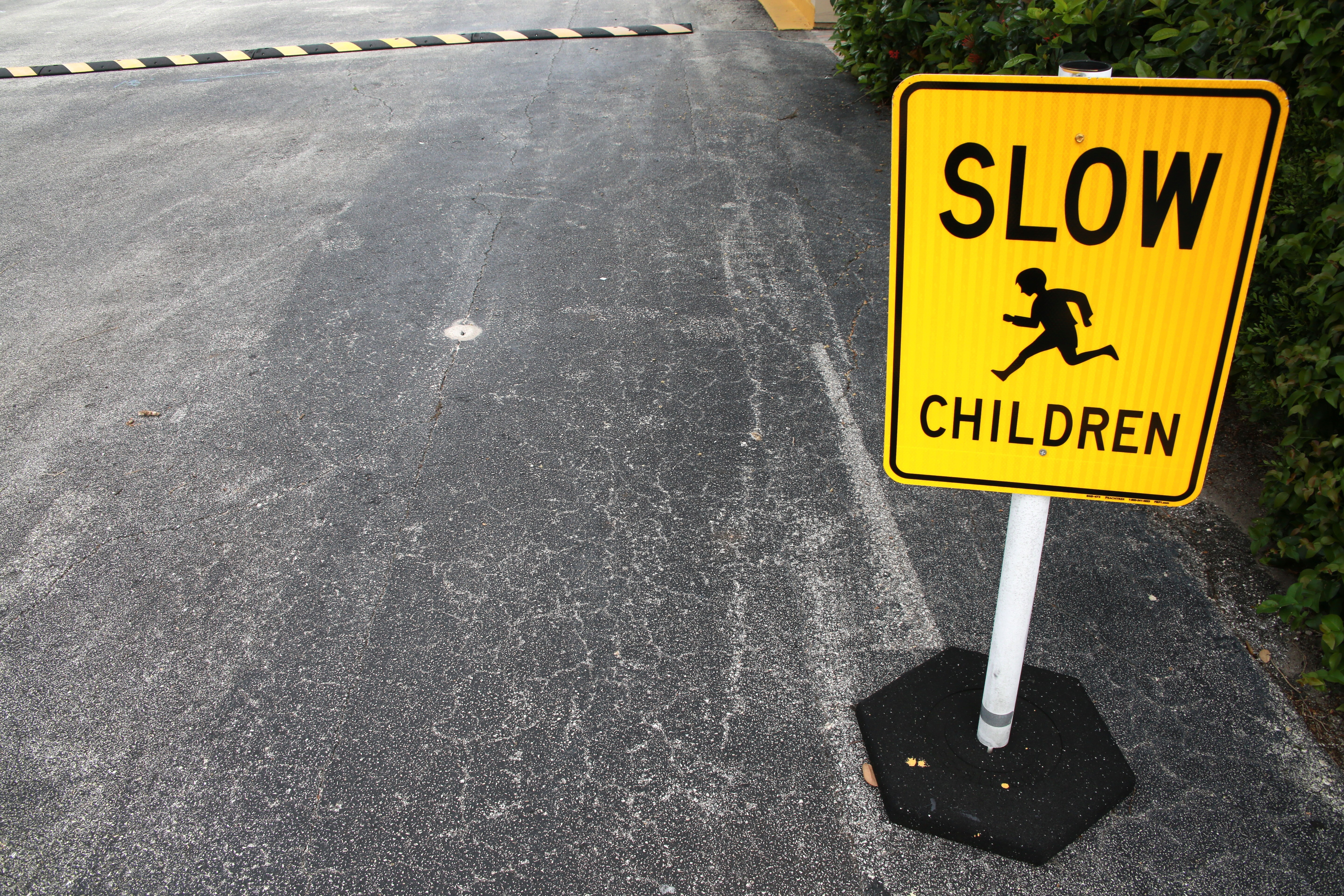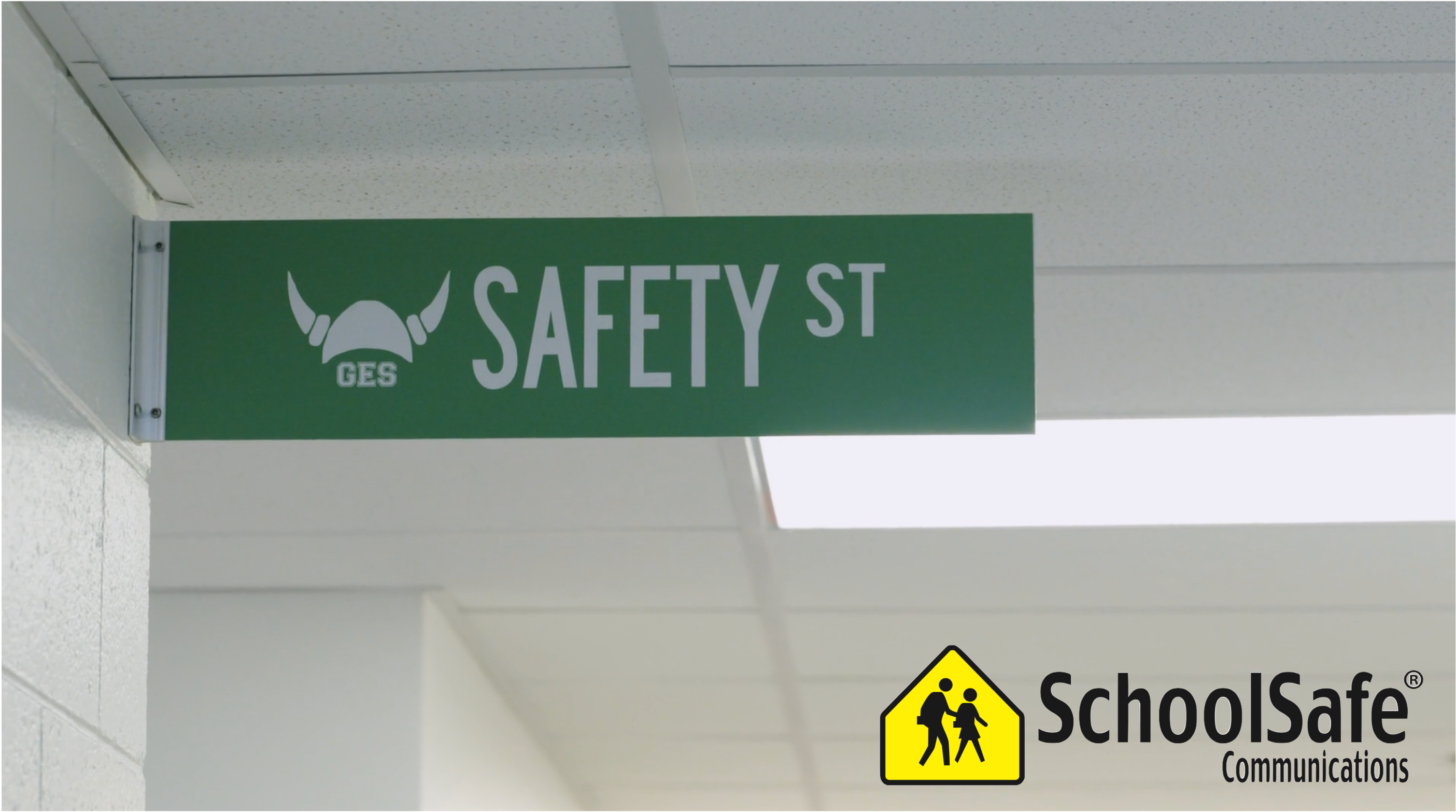Discover how a school district enhances communication with first responders, increasing the safety of the district and its schools through this case study. Need more information? Contact us


Discover how a school district enhances communication with first responders, increasing the safety of the district and its schools through this case study. Need more information? Contact us
The 2025 SAFER Grant is here! In Colorado, the Office of School Safety oversees several grants to improve school safety. One of those grants is the School Access for Emergency Funding or SAFER Grant. The SAFER grant funds interoperability. Technically, it aims to increase access to interoperable communications technology to improve school safety. Below, we discuss what the grant funds, what is interoperability, how SchoolSAFE fits the grant requirements, and the next steps you can take to make your schools safer.
The grant program provides money to districts/schools and public safety communications networks for needed interoperable hardware, software, and training solutions.
As written into law, the grant requires the solution to have the aforementioned three components. This allows for seamless communications between existing school district communications systems and first responder communications systems (interoperability, see below). That’s all fancy talk for the easier summary: The SAFER Grant funds solutions that allow separate two-way radio networks to speak to each other when needed. Find the formal rules in section 24-33.5-2104 (1-5) here.

Interoperability is the ability for different entities to communicate with each other when they otherwise couldn’t. What does this mean? Let’s look at public safety and how they communicate. Public safety includes law enforcement, fire, EMTs, 9-1-1 public safety answering points. They have different tools to be able to speak to each other. They have a two-way radio on their hip or shoulder, they have cell phones, maybe a computer in their car, another radio in their vehicle, etc. Public safety’s radio network, out of necessity, covers a lot of area and is therefore expensive.
School districts and schools operate with two-way radios, too, but their networks are smaller to cover the area of the district/schools and are more cost-effective. These two radio networks normally do not allow for communications to occur between each other. They’re disparate. But! When these networks connect, when everyone can talk together when they otherwise couldn’t, we have interoperability. Interoperability improves the response because all parties can work together with better communication.
This is where SchoolSAFE comes in. We provide interoperable communications between public safety and schools. SchoolSAFE is activated after a 9-1-1 call. A dispatcher, through Memorandums of Understanding put in place through the program, connects public safety radios to district and school radios during an emergency. The varying groups can speak to each other on a public safety-designated radio channel. An added bonus: the dispatcher has bridging (connecting) options. They can select one specific school to bridge, a feeder area if needed (a few elementary schools, middle school(s) and high school), or the entire district. With the event over, the dispatcher at the 9-1-1 dispatch center disconnects the networks. Everyone is back to their own separate two-way radio networks.
There is a district component, too. The safety director at the district can be in charge of bridging within their district if needed. They can’t control public safety radio channels, that’s for the pros. So, if there needs to be a district-wide announcement via two-way radio, poof! SchoolSAFE has it covered.
SchoolSAFE is fully SAFER grant-compliant. The solution provides hardware at the schools and software that turns the connection from public safety radios to the school radios on and off. The program provides a robust training program (if we do say so ourselves) that includes safety teams at the schools, district personnel, PSAPs, and other involved responders. We work in step with the districts’ compliance with the Colorado School Response Framework. We also help train school safety teams at each school and we solidify or improve the community partnerships that are so vital between public safety responders and school and district personnel.
So How Does it Work In Real Life?
For example, at dismissal time, a student is hit by a car in the school parking lot. The safety team at the school will speak on their radio to get the details that are important for a high-quality 9-1-1 call. Then, they will try to clear the area, get the school nurse out to the student, help direct traffic away from the student, etc. In the meantime, the 9-1-1 dispatcher bridges SchoolSAFE. Next, the dispatcher directs the ambulance personnel to go to a designated channel.

They announce to the school safety team that SchoolSAFE is bridged (connected), and the safety team tells the ambulance to come in on a specific side street or area of the building to avoid the line of cars. The team provides the pertinent information about the student who has been hit, and/or answers questions from the EMTs. All of this real-time communication helps speed up the response, getting the student faster and more effective care.
Next Steps for SAFER Grant Funding
For the school districts in Colorado, the SAFER Grant has been announced; click here for the application information. Contact us to learn more about interoperable communications, the SAFER Grant, and how we can help improve your school/district’s safety.

Our last blog post explained more about school safety teams, their responsibilities, and why they’re important. This post, we look into school safety team training and why it’s necessary for effective communications.
When an emergency occurs, every second counts. Emergencies range from a child with a broken arm, an aggressive dog on the playground, a fight near the bathrooms, to a potential intruder. Clear communication and swift coordination are essential to ensuring the safety of students, staff, and first responders.
That’s where we come in. SchoolSAFE is a program to improve communications at the school, district, and community responder levels. We bridge communication gaps and empower school safety teams with the tools and knowledge to respond effectively in critical situations. School safety team training is crucial to improve those communications.
Regular emergency drills and exercises are crucial to the school safety team’s responsibilities. The team coordinates and conducts drills for various scenarios, including fire, natural disaster, and active shooter situations. They also ensure that staff and students are well-trained in these procedures, providing clear instructions and fostering a culture of preparedness. Ongoing training sessions for staff are essential to keep everyone informed of the latest safety protocols.
Here, we show the “why” when it comes to the importance of training. Watch how SchoolSAFE training empowers school safety teams to communicate effectively during emergencies. Together, we can create safer schools and stronger communities. Check out our latest video here.
Contact us to learn more about the SchoolSAFE program and keeping your schools safer.
In Colorado, the Office of School Safety oversees several grants to improve school safety. One of those grants is the School Access for Emergency Funding or SAFER Grant. The SAFER grant funds interoperability. Technically, it aims to increase access to interoperable communications technology to improve school safety. Below, we discuss what the grant funds, what is interoperability, how SchoolSAFE fits the grant requirements, and the next steps you can take to make your schools safer.
The grant program provides money to districts/schools and public safety communications networks for needed interoperable hardware, software, and training solutions.
As written into law, the grant requires the solution to have the aforementioned three components. This allows for seamless communications between existing school district communications systems and first responder communications systems (interoperability, see below). That’s all fancy talk for the easier summary: The SAFER Grant funds solutions that allow separate two-way radio networks to speak to each other when needed. Find the formal rules in section 24-33.5-2104 (1-5) here.

Interoperability is the ability for different entities to communicate with each other when they otherwise couldn’t. What does this mean? Let’s look at public safety and how they communicate. Public safety includes law enforcement, fire, EMTs, 9-1-1 public safety answering points. They have different tools to be able to speak to each other. They have a two-way radio on their hip or shoulder, they have cell phones, maybe a computer in their car, another radio in their vehicle, etc. Public safety’s radio network, out of necessity, covers a lot of area and is therefore expensive.
School districts and schools operate with two-way radios, too, but their networks are smaller to cover the area of the district/schools and are more cost-effective. These two radio networks normally do not allow for communications to occur between each other. They’re disparate. But! When these networks connect, when everyone can talk together when they otherwise couldn’t, we have interoperability. Interoperability improves the response because all parties can work together with better communication.
This is where SchoolSAFE comes in. We provide interoperable communications between public safety and schools. SchoolSAFE is activated after a 9-1-1 call. A dispatcher, through Memorandums of Understanding put in place through the program, connects public safety radios to district and school radios during an emergency. The varying groups can speak to each other on a public safety-designated radio channel. An added bonus: the dispatcher has bridging (connecting) options. They can select one specific school to bridge, a feeder area if needed (a few elementary schools, middle school(s) and high school), or the entire district. With the event over, the dispatcher at the 9-1-1 dispatch center disconnects the networks. Everyone is back to their own separate two-way radio networks.
There is a district component, too. The safety director at the district can be in charge of bridging within their district if needed. They can’t control public safety radio channels, that’s for the pros. So, if there needs to be a district-wide announcement via two-way radio, poof! SchoolSAFE has it covered.
SchoolSAFE is fully SAFER grant-compliant. The solution provides hardware at the schools and software that turns the connection from public safety radios to the school radios on and off. The program provides a robust training program (if we do say so ourselves) that includes safety teams at the schools, district personnel, PSAPs, and other involved responders. We work in step with the districts’ compliance with the Colorado School Response Framework. We also help train school safety teams at each school and we solidify or improve the community partnerships that are so vital between public safety responders and school and district personnel.
So How Does it Work In Real Life?
For example, at dismissal time, a student is hit by a car in the school parking lot. The safety team at the school will speak on their radio to get the details that are important for a high-quality 9-1-1 call. Then, they will try to clear the area, get the school nurse out to the student, help direct traffic away from the student, etc. In the meantime, the 9-1-1 dispatcher bridges SchoolSAFE. Next, the dispatcher directs the ambulance personnel to go to a designated channel.

They announce to the school safety team that SchoolSAFE is bridged (connected), and the safety team tells the ambulance to come in on a specific side street or area of the building to avoid the line of cars. The team provides the pertinent information about the student who has been hit, and/or answers questions from the EMTs. All of this real-time communication helps speed up the response, getting the student faster and more effective care.
Next Steps
For the school districts in Colorado, check back here. As discussed, the SAFER grant funds interoperability. We’ll be sharing the Office of School Safety’s grant announcement when it’s on Colorado’s Office of School Safety’s website. Contact us to learn more about interoperable communications, the SAFER Grant, and how we can help improve your school/district’s safety.